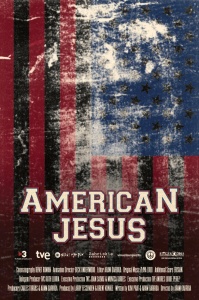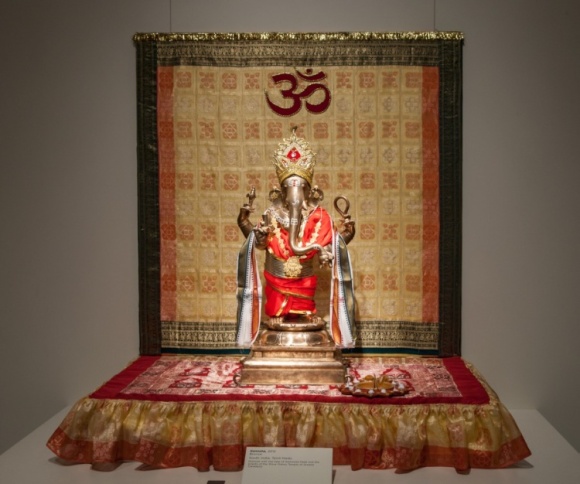This is the 2018 call for papers from the Religion in the American West Group at the AAR, whose steering committee I sit on.
Call for papers:
The theme for the 2018 annual meeting is “The Civic Responsibilities, Opportunities, and Risks Facing Scholars of Religion.” As a response to that theme, we invite paper proposals that in some way address public memory or memorialization in relation to religion in the American West. We use the terms “public memory” and “memorialization” broadly, to encompass various means by which invested communities represent, reassess, or reclaim the past, including monuments, festivals, pageants, re-enactments, anniversaries, apologies, literature and art, television and film, music, history education in schools, museums, archives, cemeteries, historic preservation, repatriation of artifacts, or revivals of historic styles.
Recent confrontations, sometimes violent, around Confederate memorials offer vivid reminders that works of public memory deploy specific politics in the present and embody rival visions of the future. Viewing religion in the American West through the lens of that concern raises questions such as these:
- How is religion present in—or absent from—the memorializing of the American West?
- How significant are religious institutions or practices today in shaping public memory?
- What lessons might case studies of contested memorialization offer to other invested parties who seek to reshape communal memory?
- How do stories about religion in the American West complicate or challenge widely reproduced narratives about the nation?
- What would a public history of religion in the American West look like—or what does it look like at present?
- How might religious studies scholars collaborate with other professionals, in venues such as museums, to shape public understandings of the history of the American West?
- How do we as scholars navigate a religious group’s “politics of memory” when we research or write about their past?
We are especially—but by no means exclusively—interested in papers that examine religion and public memory or memorialization in the annual meeting’s host city, Denver, or elsewhere in the state of Colorado. We will consider proposals that do not address public memory or memorialization; however, our preference is to select a slate of papers on that theme.
Co-sponsored session:
In addition to the call for papers above, we are seeking individual or session proposals for a co-sponsored session with the Music and Religion Unit and the Religion in the American West Unit around the theme of “Music and Religiosity in the Mountain West.” Potential topics include but are not limited to Native American musico-religious and sonic traditions, Latter-day Saints musical traditions, the music of evangelical megachurches and institutions (e.g., New Life, Focus on the Family), uses and critiques of music, Latino/a religious music in the West, musical hagiography of the West in the American imagination (e.g., religious themes in cowboy songs), sonic environments erased from the American imagination, music and the Rocky Mountains, and local music institutions (e.g., University of Colorado, University of Denver, local music archives, Gospel Music initiative).
Deadline for completed papers:
As is the long custom of this unit, our session will be formatted as a group discussion of pre-circulated papers. Each presenter will deliver a 5-minute oral précis of their work at the beginning of the session but will not read their entire paper aloud. This format allows presenters to circulate article-length or chapter-length manuscripts to the group (rather than condensed, 20-minute versions) and greatly increases the amount of time available during the session for offering feedback to presenters. However, the pre-circulated format also requires presenters to submit their completed papers for circulation to the seminar by October 15, 2018.



